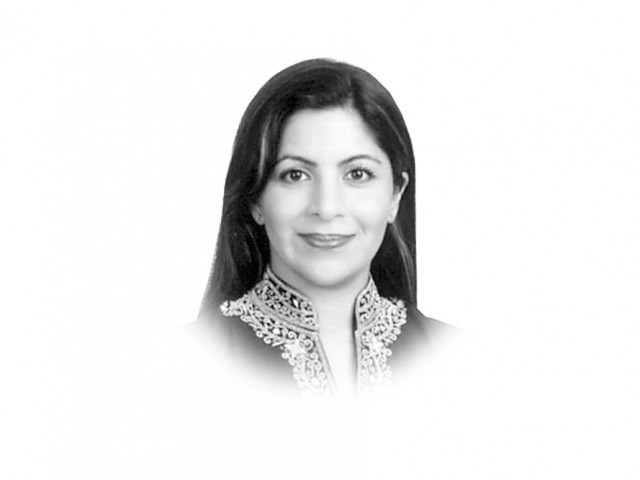The ugly truth
The ugly truth is that most of the personalities in this battle have little credibility and even less integrity.

The ugly truth
The choices we are faced with are murky: the previously morally and financially corrupt now claiming to be unquestionably good vs the previously morally and financially corrupt pretending to be good. Let us be honest. There is no clash of institutions, there is no grand principle at stake here — justice is not being undone. The ugly truth is that of a power struggle between the government and its corrupt beneficiaries vs a power hungry troika, with individuals using the cloak of their institutions to achieve personal power and financial gain. None of the protagonists is righteous, untainted or blemish free. Neither side is ‘good’.
The government finds itself in a bind. It cannot say what it believes to be the crux of the matter and no one else wants to say it on its behalf either — because people of integrity or intellect are loathe to do anything to support an administration so obviously rife with corruption, cronyism and criminality. They are also unable, in good conscience, to wholeheartedly support the opposition, given their murky past as the fathers of political victimisation and judicial manipulation. In the 1990s the PML-N instituted various cases against Benazir Bhutto and Asif Zardari in tit-for-tat politics of vengeance. Whilst many cases were pure fabrication, others were based on evidence but lost their credibility when prosecuted by the ghastly Ehtesab Bureau, which employed various patently illegal tactics. In 1999, when Nawaz was ousted, since the PML-N was in power, most of the corruption cases against its own supporters and members had already been covered up, dismissed or silenced by compliant courts. This left the vast majority of cases against the PPP intact. Despite years of investigations and prosecutions, corruption cases against Benazir Bhutto and Asif Zardari resulted in not a single conviction.
It is said that “justice delayed is justice denied”. Just as a wrongful conviction amounts to injustice, so does keeping cases open indefinitely, with the scent of suspicion and accusation ever-present. On that count the PPP can rightfully claim to have been unjustly treated. But they deserve little sympathy, as they appear to be indulging in the very corruption they claim to have been wrongfully accused of. Unlike the 1990s, the media is now ever-present, unmasking and documenting corruption with superior tenacity and accuracy.
However, the ugly truth is that the opposition is no less corrupt, which is why the PPP government feels unfairly targeted. The numerous cases of corruption and other serious charges against the Sharifs have been dropped, stayed or not pursued at all. If justice is defined as “fair treatment” for all then, ironically, the pendulum has now swung the other way. In the 1990s, the government of the day went to court with the firm faith it would win. Nowadays, the reverse is true. A range of government decisions is being confidently challenged in the courts, with government ministers more likely to find themselves in the dock than members of the opposition.
When the prime minister addressed the nation on Sunday, he was unable to say what he and his government really feel — that the judiciary is the new holy cow. The government dare not criticise, challenge or even question their decisions, demeanour or impartiality for fear of contempt of court proceedings. The government is thus confronted by the formidable troika of the PML-N, the judiciary and a crusading media group. Responsible for the impending doom of economic stagflation, unprepared for the critical challenges of post-flood reconstruction and unwilling to stem its own chronic corruption, the government has few defenders. The ugly truth is that most of the personalities in this battle, despite labels of legitimacy, have little credibility and even less integrity. So, no matter who wins this round — the good shall continue to elude us — until they all eventually lose.
Published in The Express Tribune, October 19th, 2010.
















COMMENTS
Comments are moderated and generally will be posted if they are on-topic and not abusive.
For more information, please see our Comments FAQ